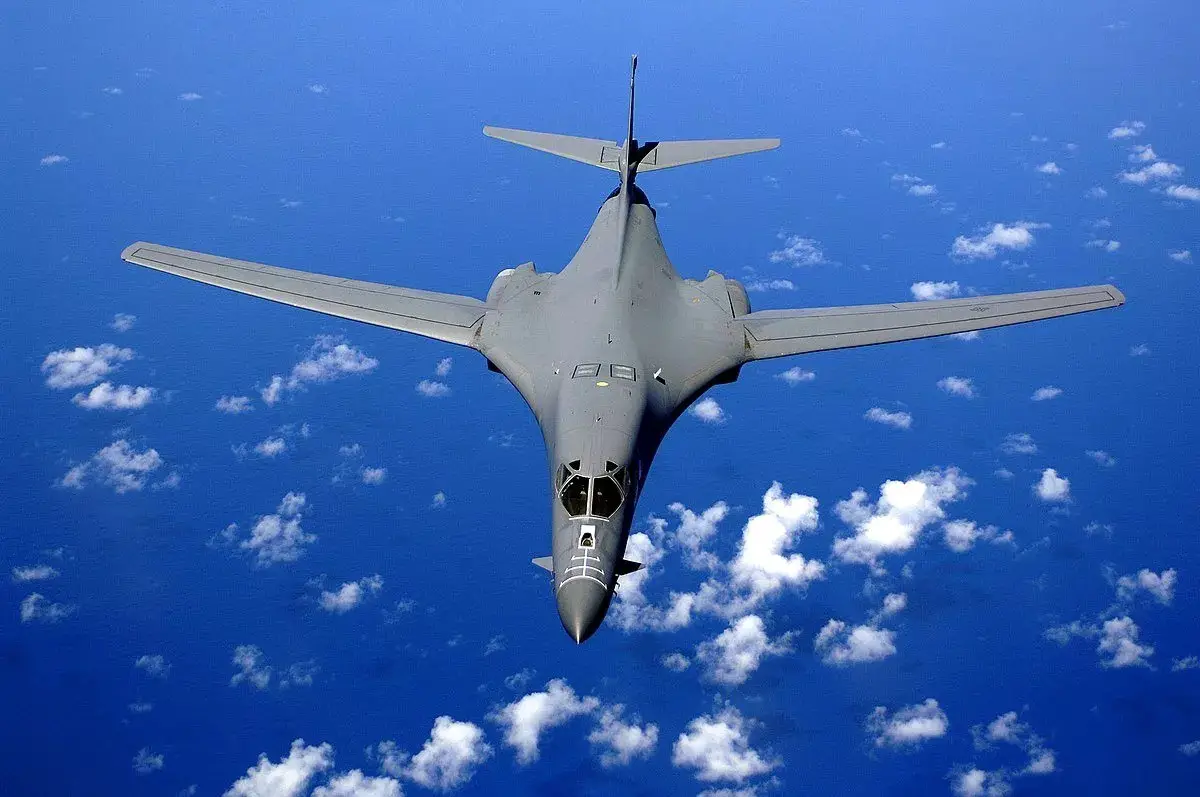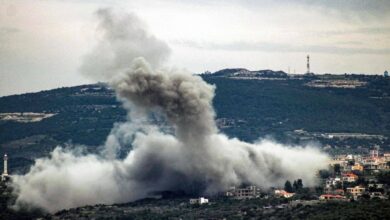America’s B-1B Bomber Drops Precision Weapon in Drills Over Korean Peninsula
An American B-1B strategic bomber participated in a joint precision-guided bomb drill with South Korea, dropping a bunker-busting munition over the Korean Peninsula.
The drill, which took place for the first time in seven years, comes as tensions soar between Seoul and North Korea over the latter’s increasing escalatory actions.
The Boeing-made aircraft dropped a Joint Direct Attack Munition (JDAM) at an unspecified firing range while being escorted by South Korean F-15K combat jets.
“Under close coordination between South Korea and the US, this exercise took place with a focus on implementing the US’ extended deterrence commitment and strengthening the combined defense posture,” the South Korean defense ministry said.
The last time an American strategic bomber participated in a similar drill was in 2017.
Increasing Tensions
The precision bombing drill was conducted after Pyongyang sent hundreds of trash-filled balloons across the border.
It also reportedly attempted to jam global positioning systems in South Korea.
Seoul’s military said the act was “irrational” and “dangerous,” cautioning the public against touching the balloons because of the potential presence of chemical and biological agents.
In response to the latest provocation, South Korea fully suspended a 2018 Inter-Korean Military Deal that aimed to reduce tensions between the two neighbors.
About the B-1B Bomber
Initially developed in the 1970s, the B-1B Lancer aircraft is capable of carrying large conventional weapons payloads.
It is designed to rapidly deliver massive quantities of precision and non-precision weapons against any adversary, anywhere in the world.
Powered by four General Electric turbofan engines, the strategic bomber can fly at cruising speeds of 900 miles (1,448 kilometers) per hour.
The US has temporarily stationed the aircraft over the Korean Peninsula, a move North Korea called “a proof of US hostility.”












